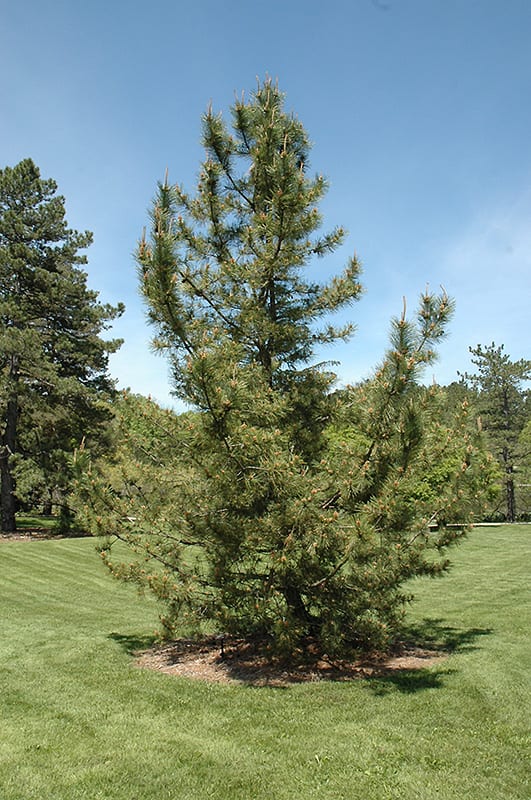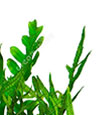Japanese Black Pine
A rugged character tree, this pine is dashingly picturesque with an open, irregular habit of growth when mature; very tolerant of salt, makes a most distinguished accent tree if you’re willing to wait for it to develop its character.
Please contact your local store for product availability.
Find a garden center near you.
Species: thunbergii
Plant Height: 480 in.
Spread: 480 in.
Evergreen: Yes
Plant Form: round
Summer Foliage Color: dark green
Minimum Sunlight: full sun
Maximum Sunlight: full sun
Japanese Black Pine has dark green foliage. The needles remain dark green throughout the winter. Neither the flowers nor the fruit are ornamentally significant. The shaggy dark brown bark adds an interesting dimension to the landscape.
Japanese Black Pine is a dense evergreen tree with a strong central leader and a more or less rounded form. Its average texture blends into the landscape, but can be balanced by one or two finer or coarser trees or shrubs for an effective composition. This tree will require occasional maintenance and upkeep. When pruning is necessary, it is recommended to only trim back the new growth of the current season, other than to remove any dieback. Gardeners should be aware of the following characteristic(s) that may warrant special consideration; Disease Japanese Black Pine is recommended for the following landscape applications; Accent Shade Windbreaks and Shelterbelts
Japanese Black Pine will grow to be about 40 feet tall at maturity, with a spread of 40 feet. It has a low canopy with a typical clearance of 3 feet from the ground, and should not be planted underneath power lines. It grows at a medium rate, and under ideal conditions can be expected to live for 80 years or more. This tree should only be grown in full sunlight. It prefers dry to average moisture levels with very well-drained soil, and will often die in standing water. It is not particular as to soil type or pH, and is able to handle environmental salt. It is highly tolerant of urban pollution and will even thrive in inner city environments. This species is not originally from North America.



